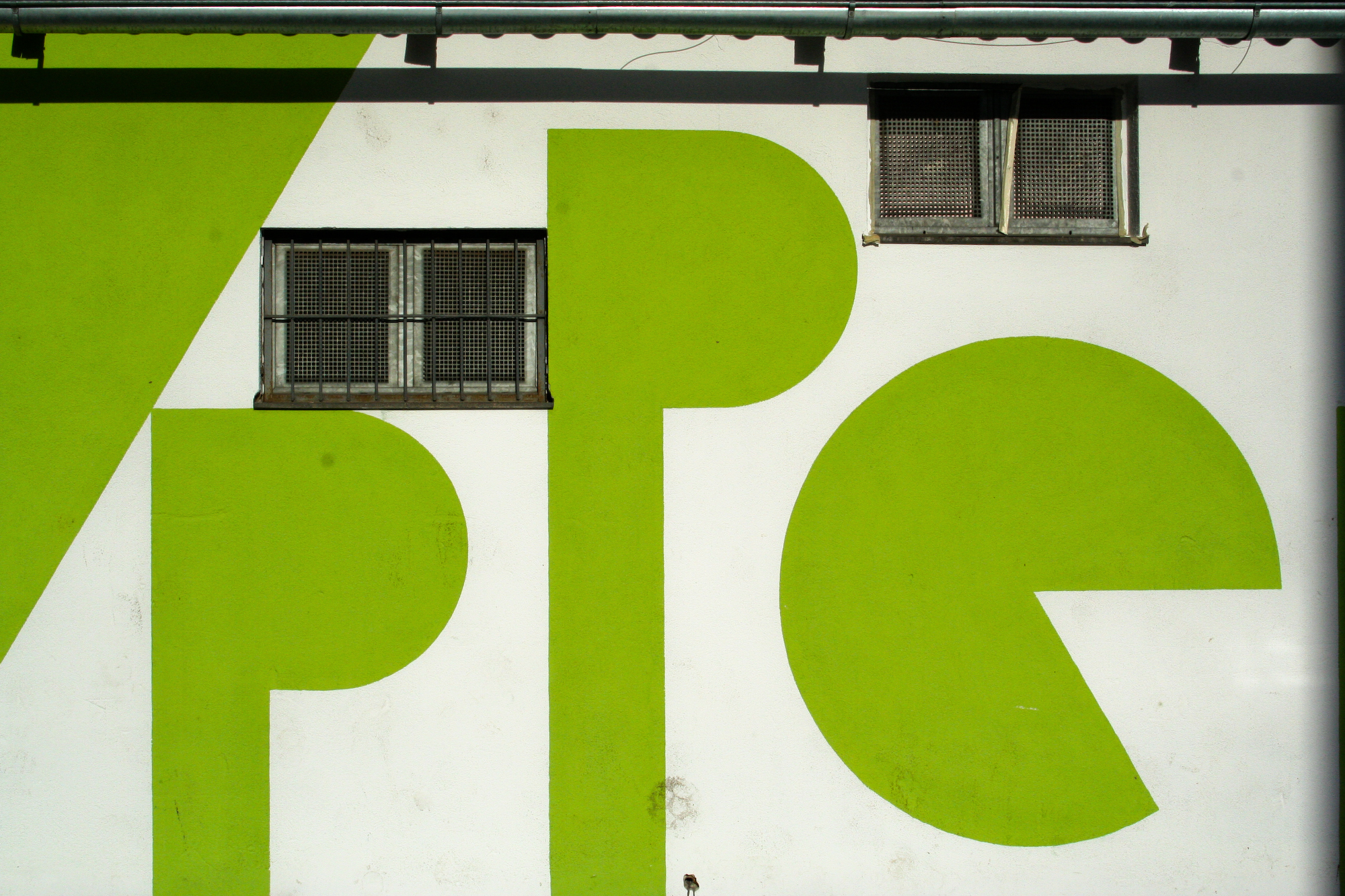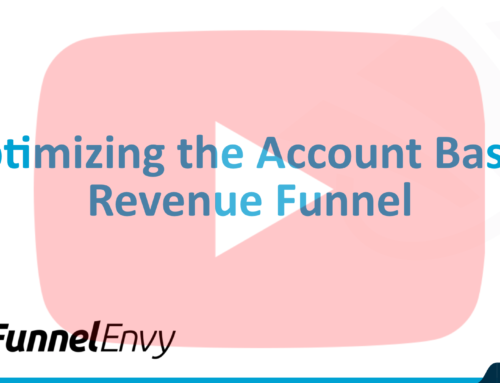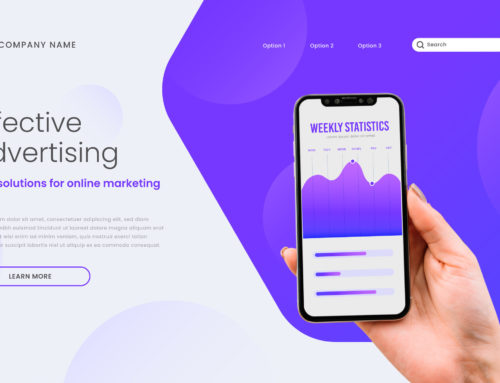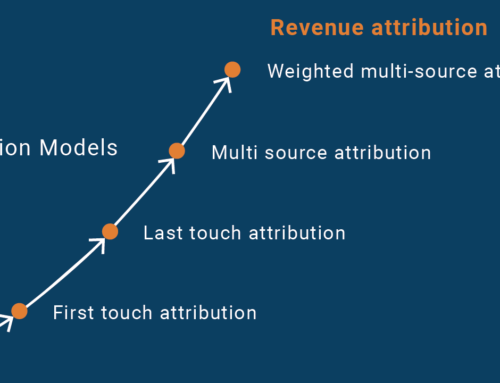Pay-Per-Click (PPC) search marketing is an important part of the online marketing ecosystem. Paid search is a powerful way to attract traffic to your site as you work on building your organic rankings. The alchemy of achieving solid organic rankings requires links, great content and a social presence that takes time to build. Paid search gives you direct access to potential customers qho are looking at keywords related to your products or services. But PPC requires an investment; after all, you’re paying for each of those clicks, so maximizing the number of sales, opt-ins, or other conversions you’re after is the key to a successful PPC campaign. Here are some of my top strategies for helping clients dramatically increase their conversions on paid search campaigns.
Map your paid search strategy and ad groups to your buying funnel
Every business offers customers a buying experience that starts when a prospect determines that they need your product (or one like yours) and culminates in the sale. We’re going to take that perspective for purposes of this paid search discussion, but I do want to acknowledge that repeat sales, managing customer relationships, and conversion strategies to increase your average sale value all matter. For purposes of PPC, it’s easier to think of the funnel in simple terms.
Typically your ads are broken down into groups, with each group having an organized theme. One common approach is around “type” of keyword. Instead, I recommend that clients break down the different ad groups and keyword choices into segments that reflect intent during different stages of the buying journey. These could be creating brand awareness, reaching buyers during the research phase, or those moving in for the buy. What’s helpful here is a plan for understanding how to determine the intent behind types of keywords in your mix.
Research phase: The research phase is likely to target broader keywords, and your ads are going to draw people in by focusing on emotional triggers that get them to take action. For example, terms that could reflect a research intent include:
- Best small laptop
- Affordable laptop brands
- Most reliable laptops for travel
Buying phase: When your prospect is ready to buy, you’re going to want to focus on keywords that show intent. Consider the difference between the motivations of these “best accounting software” and “discount on Intuit accounting package.” Terms often include phrases such as buy, purchase, deal, and discount.
Revise your bidding strategy for conversion optimization
At the beginning of any campaign, you typically target your ad groups to multiple keywords. Over time, you’ll monitor the conversion relationship between the traffic that specific keywords generate. You’ll find that the potential customers that come through for one particular term or ad group buy more often than those that come through others.
You can automatically adjust your bidding strategy over time to concentrate your spend on words that convert more effectively on the page. Dig deep into the relevant data, and understand which PPC terms get you customers that are closer to making your critical conversions. By limiting spending on terms and ads that attract non-converting customers, you’ll manage your spending, increase your overall conversion rates, and achieve a better ROI.
Target and refine your ad copy throughout the cycle
Extensive testing of your ad copy can help you quickly uncover which ads need to be better optimized. So much of the work for good PPC campaigns is technical and foundational – determining your keywords, grouping them in ways that make sense, monitoring the data, and constantly maximizing your bidding strategy for positive results. Yet the truth is, ads are what the prospect sees and reacts to.
Don’t treat writing your PPC ad copy as an afterthought. Apply all the best copywriting practices that you know to write effective ads. If your campaign terms generate sufficient traffic, split test your ads on an ongoing basis. Always be refining which ads display, with a special focus on your highest converting terms. When you treat a paid search campaign as a well-designed system that optimizes for keyword selection, grouping by intention, and targeted copy, your conversions will head in the right direction.
Use search query analysis to develop negative keyword lists
An advanced technique that I highly recommend is leveraging the power of negative keyword lists. Typically when you select PPC terms, you’re targeting either a single term or even a long-tail keyphrase. Let’s say for example that you’re a virtual executive assistant in New York City that’s advertising your services. You might target phrases related to executive assistant and NYC. Imagine in this scenario that your conversions are lower than you would expect.
If you audit the search queries of the individuals that came through your ads, you might determine that a significant portion of the searchers are using phrases like “executive assistant jobs in NYC.” These people aren’t looking to hire you. Implementing a negative keyword list for anyone using the term job or jobs would prevent your ads from being displayed to people using these terms. As a result, you’ll lower your conversion costs, increase your click through rates, and over time improve your quality scores.
Closely align your ad and landing page
When a user clicks on an enticing ad, it’s because there was a tight connection between the expectation expressed in their search and what your ad copy promised. Improving overall conversion rates, versus straight click through rates, requires a closely aligned ad and landing page. This requires a close examination of the relationship between search query, ad copy, and ultimately your landing page. If there’s friction or dissonance at any point, you’re likely to have a high abandon rate or a lack of conversions. Some areas that are helpful to look at include:
- Continuity of language between search terms, ad copy, and landing page.
- Level of customization of your landing pages to a specific audience. For example, if you’re running ads for SEO services targeted at lawyers, does your headline speak directly to that audience?
- Clarity of your landing page: is the page itself optimized to drive the conversion, or do you have distracting elements or on page friction that could you driving your PPC traffic elsewhere?
Paid search can be an expensive endeavor. It’s critical that you work to optimize conversions at every stage of the process in order to prevent wasted spending and a lack of results. By focusing on intent when developing keyword strategy and user groups; optimizing your ad copy; keeping a clear alignment between all phases of the PPC process; and using your buying funnel as your guide, you’re setting yourself up for success.







